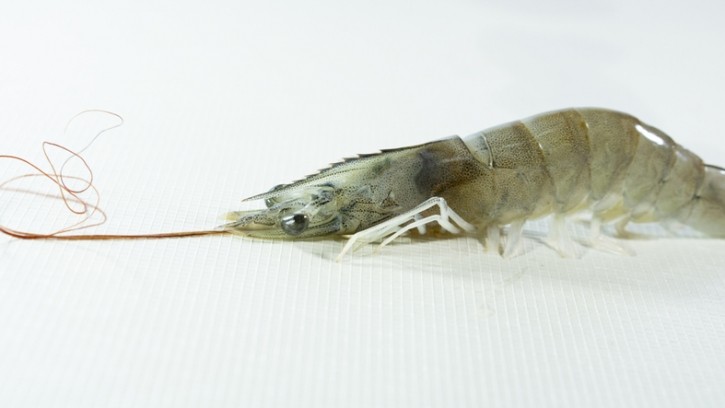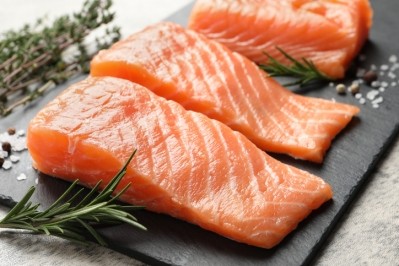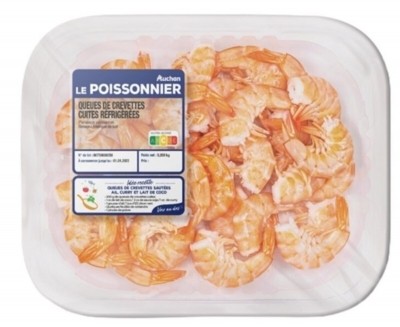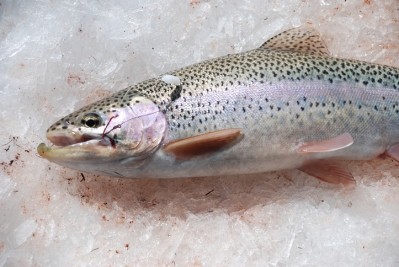Study: Tartaric acid improves growth and disease resistance in Pacific White Shrimp

A recent study looked to evaluate the potential benefits of dietary TA, an organic acid, on L. vannamei, the shrimp species that continues to strongly dominate global production.
Data from the literature indicates that organic acids can modulate intestinal microflora in shrimp, inhibit the growth of opportunistic pathogens and reduce antibiotic consumption; the study found that while the acidification of aquafeed using other organic acids has created several benefits for the digestive system, health and growth of aquatic animals, there has been limited research on the impact of TA on shrimp.
TA is a chemical compound obtained from biological fermentation and chemical processes that is naturally present in different fruits such as grapes, banana and avocado. It has been recognised for its biological properties which include stimulating the immune system, and displaying antibacterial, antioxidant and anti-inflammatory effects.
The research, which was conducted in a laboratory located in Bardstan, Iran, tested 600 shrimp with pellets supplemented with five distinct concentrations of TA including 0 (TA0), 2.5 (TA2.5), 5 (TA5), 7.5 (TA7.5), and 10 g/kg (TA10) for 56 days.
Growth stimulation
The results showed that the growth performance, feed utilisation, gut lactic acid bacteria count, and activity of digestive enzymes were markedly elevated in the groups receiving diets incorporated with 5 and 7.5 g/kg of TA.
The impact was that pellets fortified with TA at 5–10 g/kg ‘significantly improved’ weight gain, final weight, specific growth rate and feed conversion ratio.
The research also looked at the survival rate following a 14-day immersion challenge with Vibrio parahaemolyticus, a bacterium in the marine aquaculture industry that is associated with the emergence of the fatal infection of acute hepatopancreatic necrosis disease (AHPND).
The results revealed a marked increase in all supplemented groups, compared to the sample that received no TA, irrespective of the dosage. However, the dietary inclusion of TA7.5 resulted in the highest survival rate.
“These results showed that TA could be considered a novel immunopotentiator and growth stimulator in diets for cultured L. vannamei,” said Dr Morteza Yousefi, one of the authors writing in an article for the Global Seafood Alliance.
“However, more research is recommended to explore the properties of TA alone or in combination with other biostimulants – such as probiotics – on gut morphology, the expression of genes related to growth, immunity, and antioxidant capacity, as well as its benefits against environmental stresses in farmed species of fish and shellfish.”















